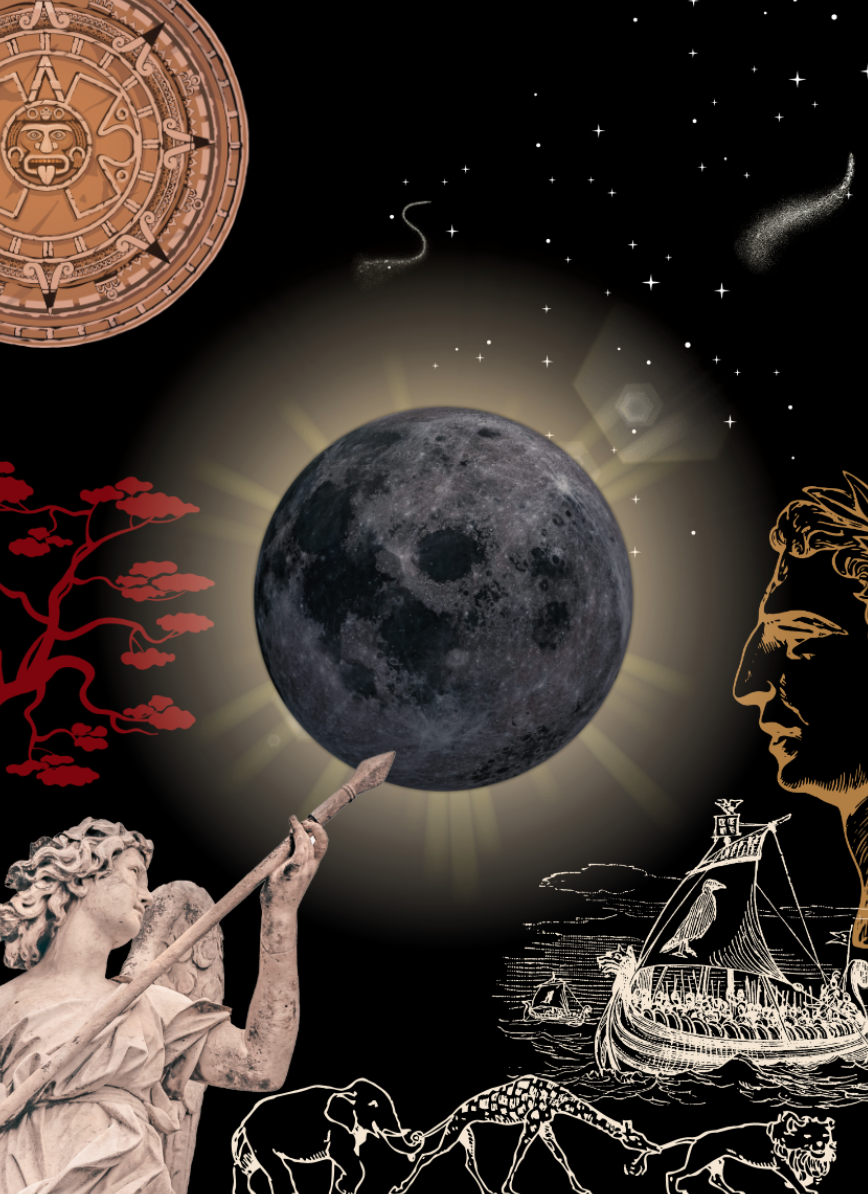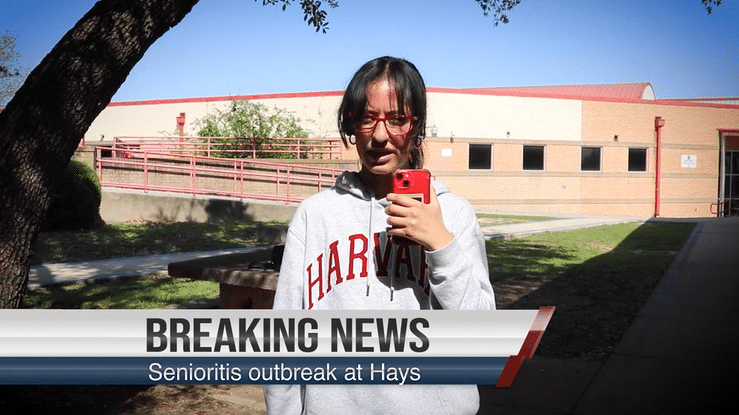Eclipses through the ages.
With a once-in-a-lifetime eclipse on the horizon, everyone is rushing off mad to get the best view in Texas, from astronomy enthusiasts, to Bill Nye, the science guy- who’s reportedly landed in Fredericksburg.
The incoming crowds are resulting in cities declaring an emergency and urging citizens to prepare for the chaos. While it may seem a bit ridiculous, this isn’t the first time alarms for calamity have been sounded because of an eclipse.
Long before even Bill Nye, people studied the sky. Before more modern advancements people needed explanations for unusual phenomena like extreme weather, colorful skylights, and total sun eclipses.
However, some explanations for an eclipse tend to be much darker than storms, resulting from Zeus throwing a tantrum.
Widely, an eclipse is considered to be a bad omen as many cultures across the world associate it with doom. This isn’t surprising, being that even in the modern century, seeing day flip to night and the Purkinje effect take place is a bit unsettling. Many cultures have stories of great battles with the sun and moon, representing gods, and the artificial night, meaning Armageddon.
In the Maya belief, sunsets were associated with death and decay. Every evening, when the sun went down, Kinich Ahau, the sun god, made the perilous journey through the underworld to be born anew at sunrise. Kinich Ahau was associated with prosperity and good order. His brother Chak Ek, the morning star (now known as the planet Venus), was associated with war and discord. They had a hostile relationship and fought for supremacy. During solar eclipses, planets, stars, and even comets can be seen during totality. If positioned right, Venus shines brightly near the eclipsed Sun. The Maya interpreted this as Chak Ek on the attack. Mayans saw solar eclipses as a “broken sun,” a sign of possible cataclysmic destruction.
In ancient Egypt, the serpent Apep, a spirit of evil and chaos, was said to have swallowed the sun god Ra turSung day to night. To reverse this an army of other deities were needed to fight Apep, cut him open, and release Ra, preventing the world from eternal darkness.
Vikings believed an eclipse occurred when the wolf Skoll (the moon) finally caught up with the sun goddess Sol. If Skoll succeeds in swallowing Sol, it indicates the start of Ragnarok, a battle between the gods and the end of the world.
As for the definition of the word, even that yields a story.
From its roots, “eclipse” comes from the Greek word “ekleipsis.” A noun related to the verb “ekleipein,”- “ek” meaning “from” and “leipein” meaning “to leave”. This means that the word is literally “to fail to appear” or “to abandon an accustomed place.” So, to the Greeks, eclipses were associated with abandonment by the gods and were taken as a sign that the gods were angry with the king.
While a bit unsettling, these stories aren’t cause to take shelter in any bunkers. Contrary to even today’s connotation, not all explanations for the eclipse are so ominous.
In Suriname, the Kalina believe the sun and moon are siblings who often fight and when an eclipse takes place it means the fighting became violent, and one had knocked the other out.
The Tlingit tribes in North America believed the sun and moon wSun having more children, because of stars and planets which appear visible only during the eclipse.
In Tahitian myth, the Sun and moon are lovers who meet, creating the eclipse. But they lose track of time in the moment and have to create stars to light their way back to position.
Such exciting stories are only fitting for an event so extraordinary. Today rather than preparing for the arrival doomsday we’re getting ready for Bill Nye, and rather than the retelling of gallant tales of gods, Krispy Creme is releasing limited time donuts- but who’s complaining about that?
So instead of looking forward to witnessing a life determining battle between gods in the heavens, or the reunion of lovers we get a three-day weekend, less thrilling but a good trade off.













